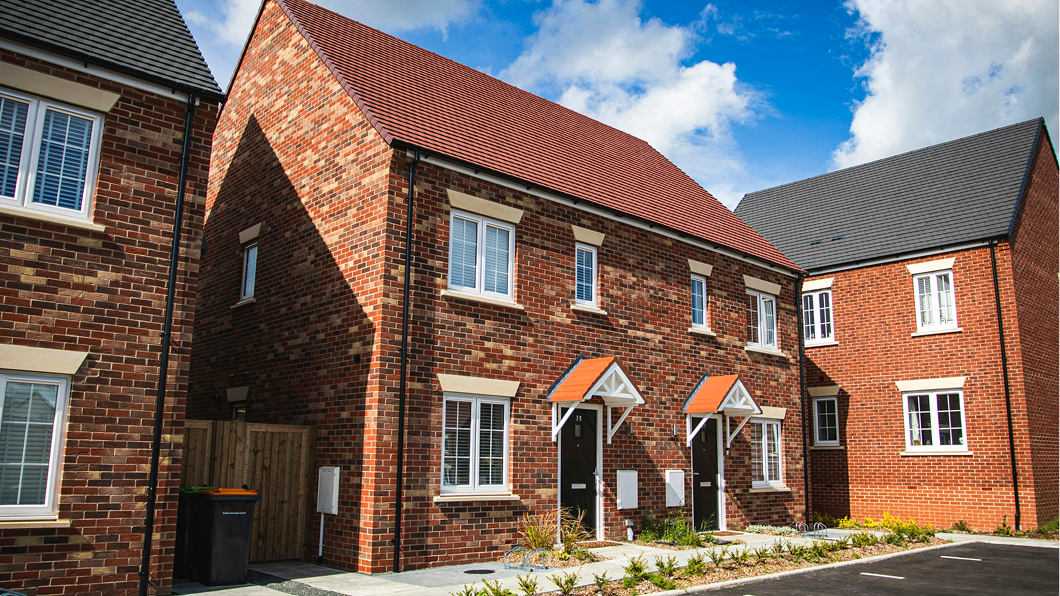
If you own a home in the UK and have a mortgage, there may come a time when you want to unlock the value in your property - the part you own outright . You might want to pay for home improvements, cover school fees or simply have a safety net.
Most people think about remortgaging first. That is because it is well known. But it is not your only option. As a homeowner, you can also choose something called a Home Equity Line of Credit, or HELOC.
Both options give you a way to unlock money from your home. But they work in very different ways. Depending on your goals, your financial situation, and how you plan to use the funds, one might suit your plans better than the other.
In this guide, you will find clear answers to common questions like what remortgaging is, what a HELOC is, how the two compare in 2025, and which option could work best for your needs.
What does remortgaging mean for you?
When you remortgage, you replace your current mortgage with a new one. This can be with your current lender or a different one.
You might remortgage to get a better interest rate after your fixed term ends, take out a lump sum for big costs, combine your debts into one payment, or change the length of your mortgage to pay it off faster or slower.
When you remortgage to release equity, you borrow more money. The new loan pays off the old one. You keep the extra money as cash. You then pay back the new, bigger loan over time.
What you need to know:
- You may pay some fees, such as legal or valuation costs
- It usually takes a few weeks to set up
- You may pay a fee if you leave your deal early
- You are starting a new mortgage, often for many years
Remortgaging can be a good choice if you want a large amount of money all at once.
What is a HELOC and how could it work for you?
A Home Equity Line of Credit, or HELOC, works differently. You do not have to change your current mortgage. A HELOC is a type of secured loan (a second charge mortgage) that gives you a revolving credit line based on the equity you have built up in your home.
You can think of it like a flexible overdraft that is ready when you need it. You can draw down, repay and draw again up to your credit limit and you only pay interest on the amount you actually use, not the full credit limit available.
Many homeowners use a HELOC to pay for home improvements over time when costs may change, cover school fees and other planned expenses, or help fund holidays, weddings, and other big costs during their draw period.
What you need to know:
- You can take out money when you need it during the draw period
- You only pay interest on what you use through monthly repayments
- You keep your current mortgage in place
- You can use it for multiple use cases
- You can repay and borrow again up to your credit limit
Why might you remortgage first?
You may have heard about remortgaging many times. Lenders talk about it a lot. It is often shown as the main way to access the value in your home.
But remortgaging is not always the best fit. It can take longer to set up and cost more than you need to spend.
If you do not need all the money at once, or you like your current mortgage deal, remortgaging might not be your best choice.
When could a HELOC work better for you?
A HELOC can be a better choice than a remortgage if you need to access money over time instead of taking it all at once. It works well when you’re not sure of the total amount you’ll need and don’t want to be tied to a fixed figure.
It gives you flexibility, peace of mind, and the freedom to use the funds when it suits you.
Also, think about your current mortgage deal and long-term plans. Both options use your home as security, so it’s worth getting advice from a qualified second charge mortgage advisor, before making a decision.
🙋♂️ Want to know more about a HELOC? Click here
Choosing what’s right for you
Before you decide, ask yourself a few simple questions:
- How much money do you need and when will you need it?
- Do you want fixed monthly payments or flexible ones?
- Would you lose a good mortgage rate if you remortgage?
- Are you happy with a variable interest rate?
- How much will each option cost and how long will it take to set up?
What should you remember?
Remortgaging is a good choice if you want a big lump sum and are happy to change your mortgage. A HELOC is a good choice if you want more flexibility, and to keep your current mortgage.
If you want to explore a HELOC, you can get a quote with no impact on your credit score. This can help you see if it is right for you.
✍️ Get a quote
📖 Interested in reading more? Here’s a blog comparing HELOC vs Equity Release
Your home may be repossessed if you do not keep up repayments on a mortgage or any other debt secured on it. Think carefully before securing other debts against your home. If you consolidate borrowing, you may increase the total amount you repay.






